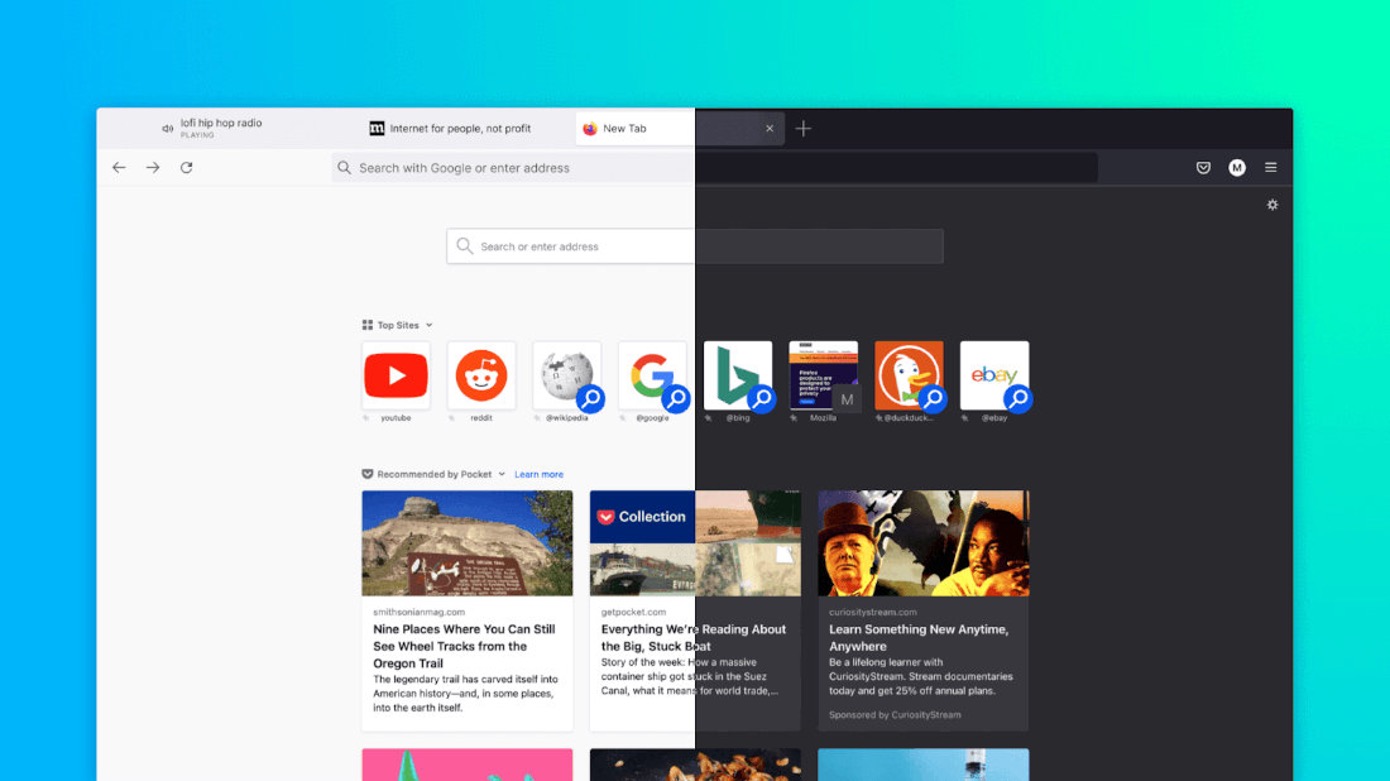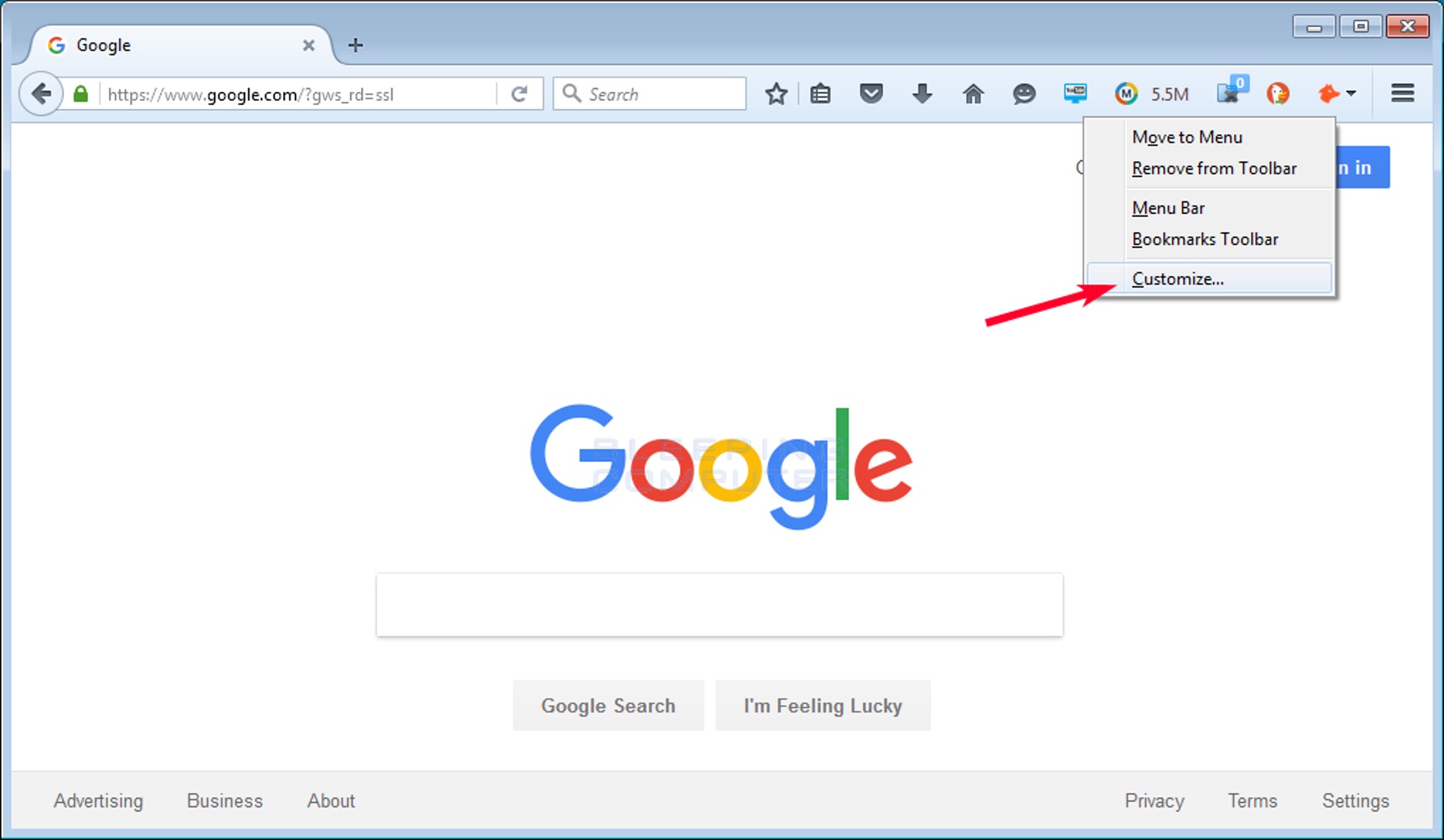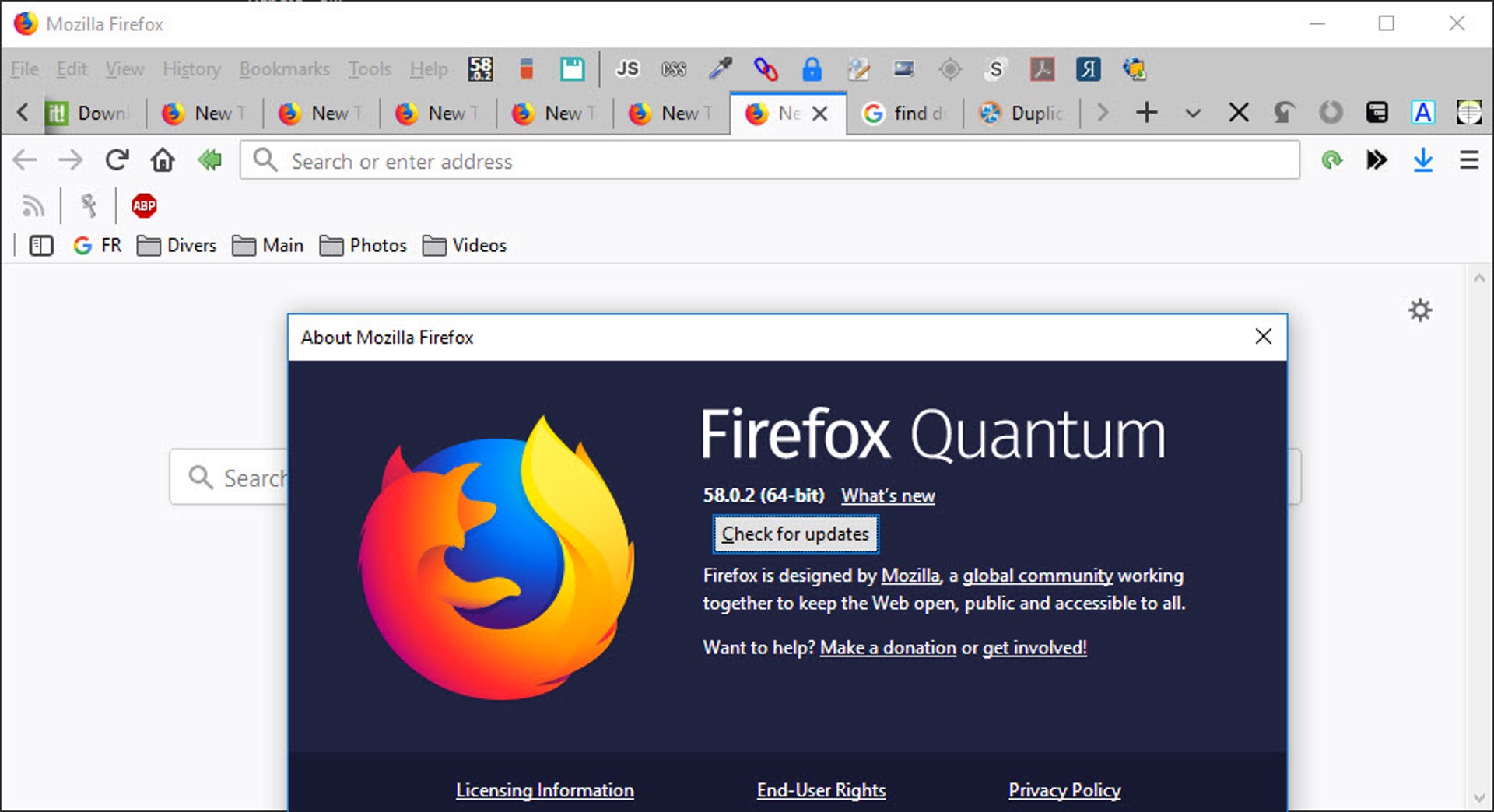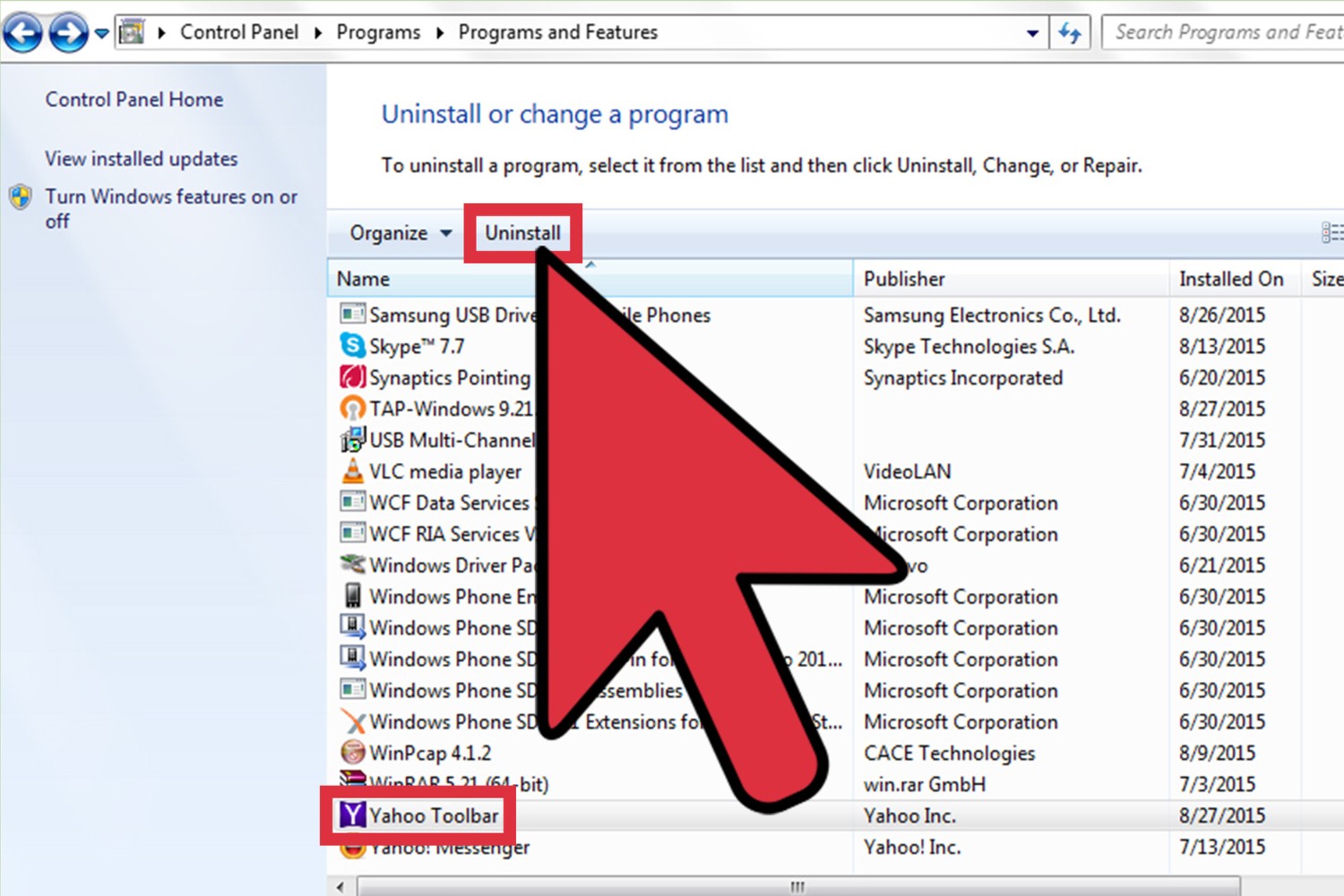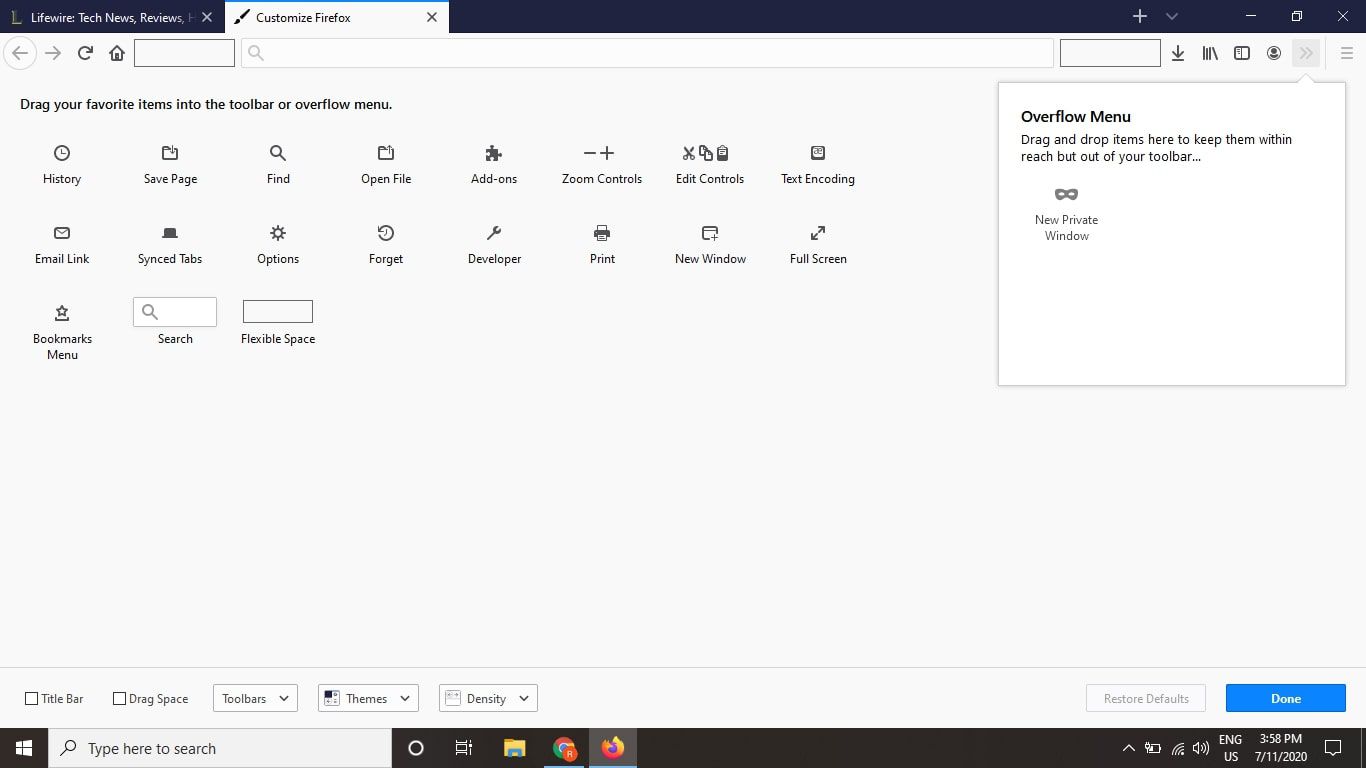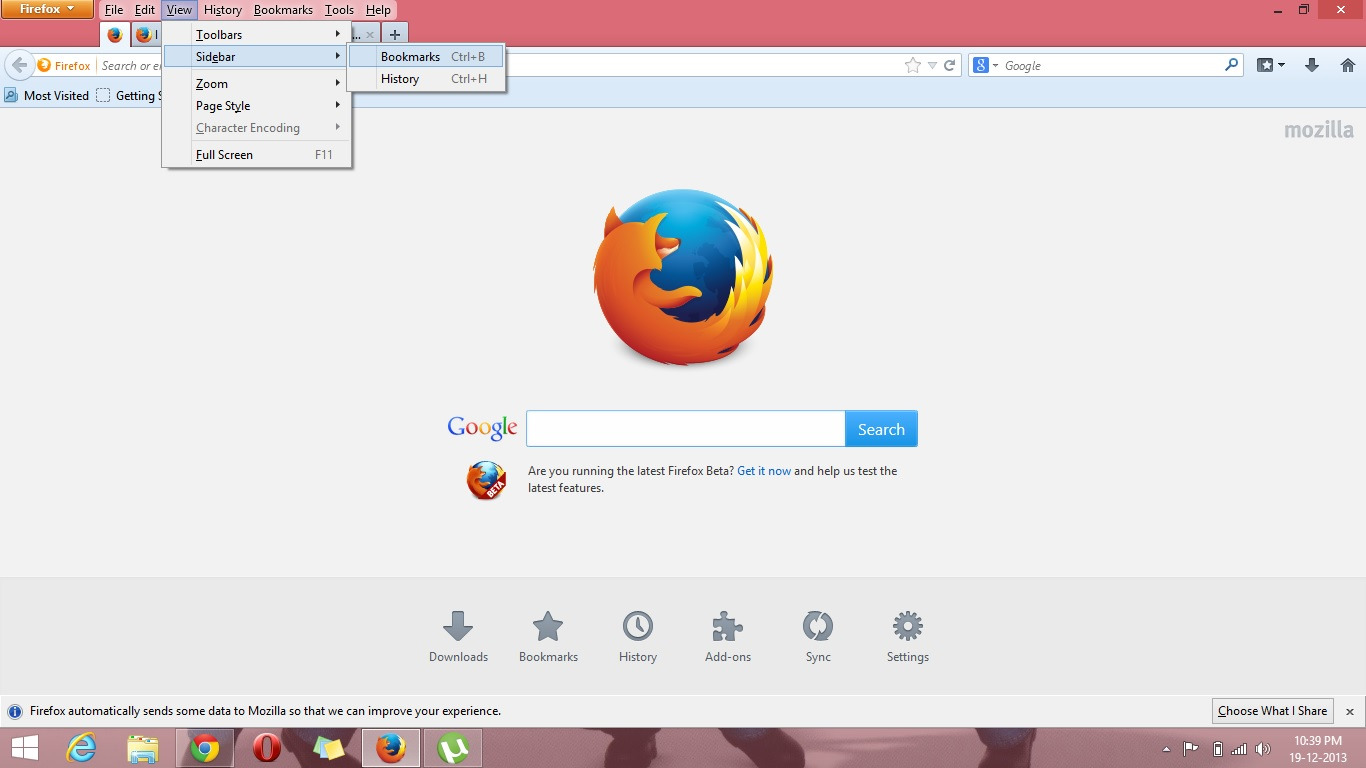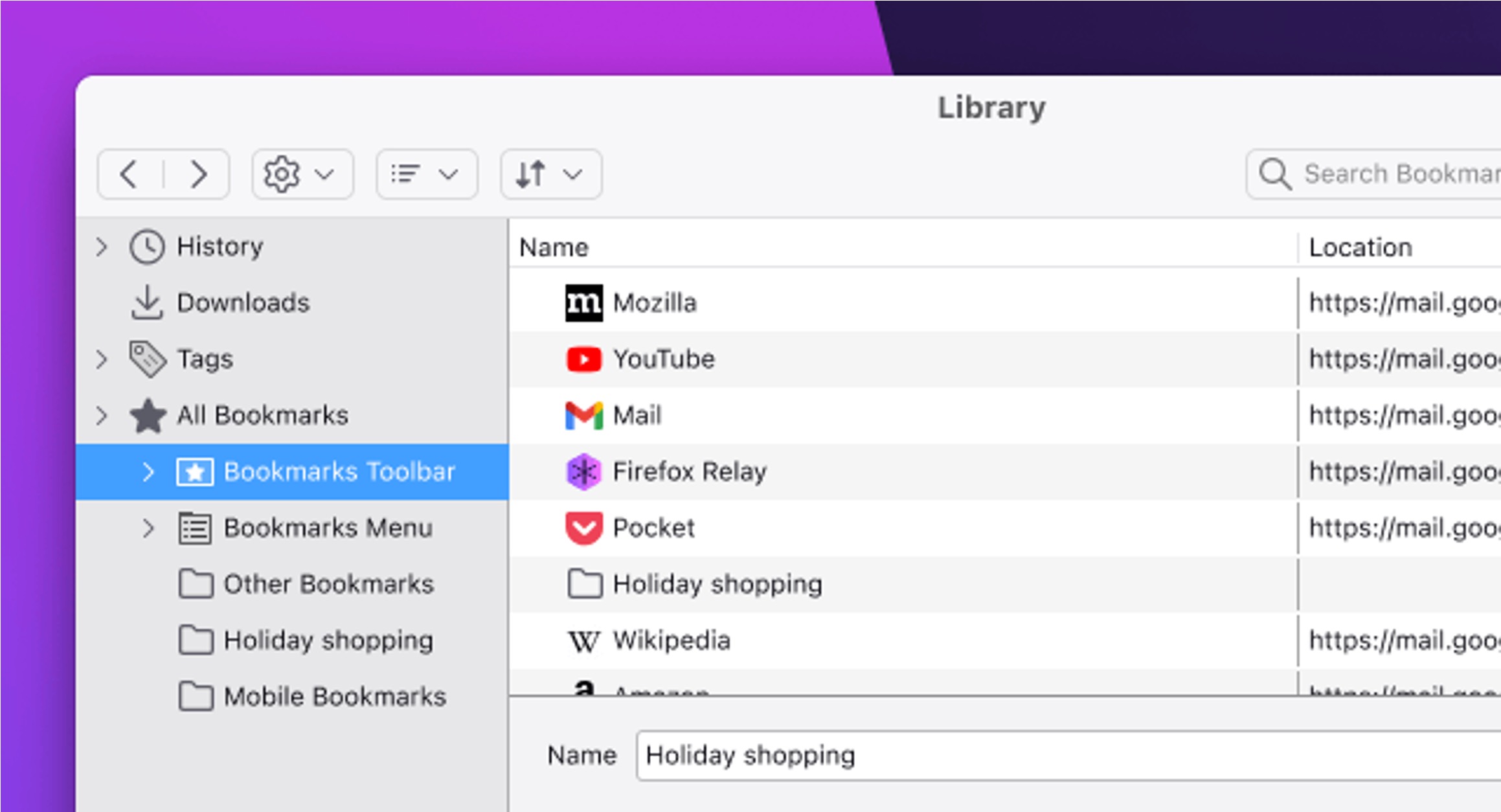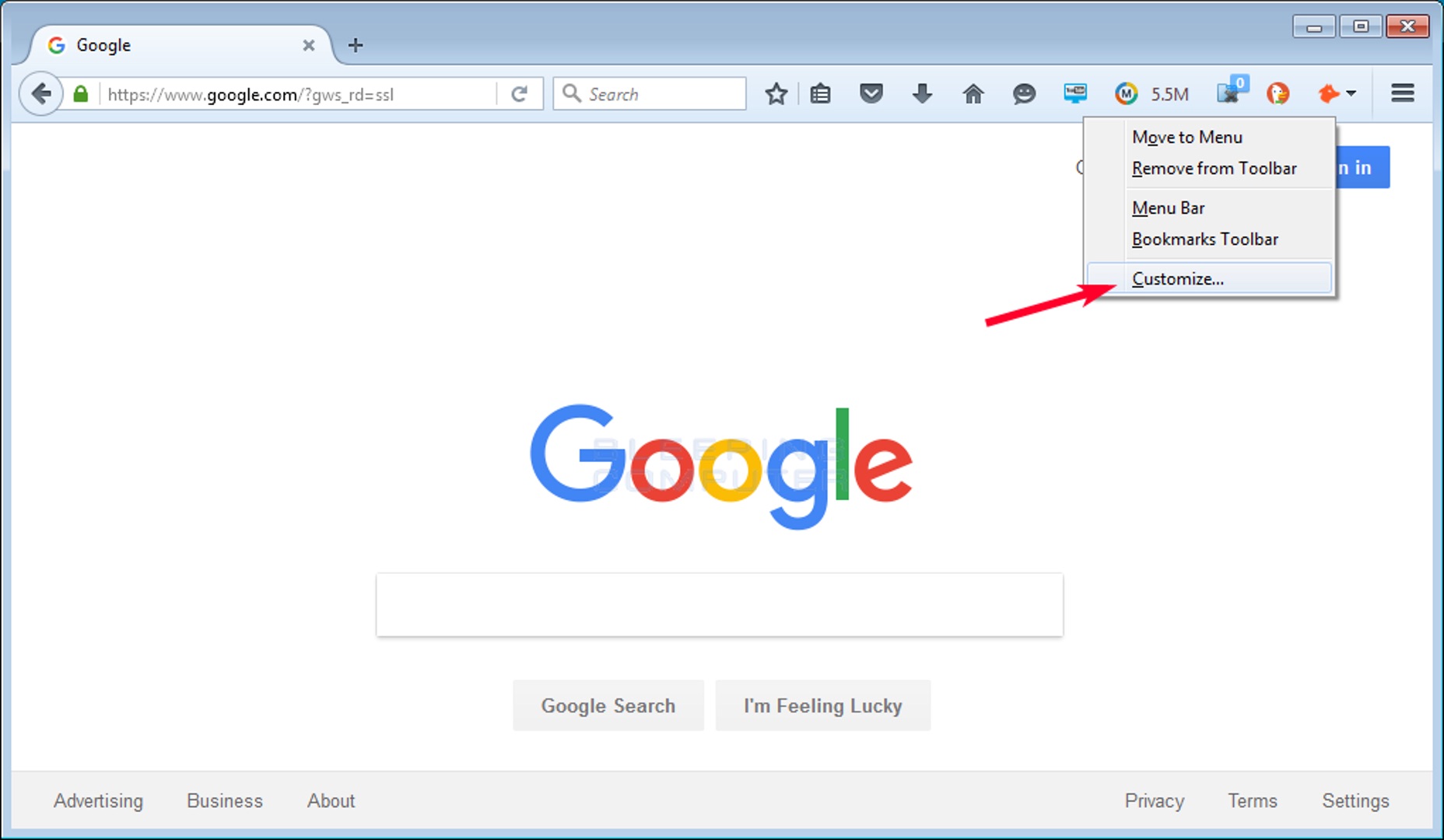Introduction
The toolbar in a web browser serves as a gateway to various functions and features, allowing users to navigate the digital landscape with ease. In the case of Firefox, the toolbar is a versatile component that can be customized to suit individual preferences and browsing habits. Whether you're a casual user, a power surfer, or a web developer, understanding how to change the toolbar in Firefox can significantly enhance your browsing experience.
The ability to personalize the toolbar empowers users to streamline their access to essential tools and commands, ultimately improving efficiency and convenience. From adding frequently used buttons to removing clutter and optimizing space, the toolbar customization options in Firefox cater to a diverse range of user needs.
In this comprehensive guide, we will delve into the intricacies of modifying the toolbar in Firefox, exploring the various customization options and providing step-by-step instructions to empower users to tailor their browsing environment to their liking. Whether you're seeking to declutter the interface, integrate new functionalities, or simply revamp the visual aesthetics, this guide will equip you with the knowledge and tools to transform your Firefox toolbar into a personalized command center.
By the end of this article, you will have a clear understanding of how to access the toolbar settings, customize the toolbar to your preferences, add and remove toolbar items, and reset the toolbar to its default configuration. Whether you're a seasoned Firefox user or a newcomer to the browser, mastering the art of toolbar customization will undoubtedly elevate your browsing experience to new heights. So, let's embark on this journey to unlock the full potential of your Firefox toolbar and make it a seamless extension of your digital lifestyle.
Accessing the Toolbar Settings
Accessing the toolbar settings in Firefox is a straightforward process that grants users the ability to tailor their browsing experience to their specific needs. Whether you're looking to add new features, rearrange existing elements, or simply declutter the interface, understanding how to access the toolbar settings is the first step towards achieving a personalized browsing environment.
To access the toolbar settings in Firefox, start by launching the browser on your desktop or laptop. Once Firefox is open, look towards the top of the window, where you'll find the toolbar, also known as the navigation or menu bar. This area typically contains familiar elements such as the address bar, back and forward buttons, bookmarks, and other essential tools.
Next, navigate to the three horizontal lines located at the far right of the toolbar. This icon represents the main menu of Firefox and is commonly referred to as the "hamburger menu." Clicking on the hamburger menu will reveal a dropdown list of options, including "Customize." Select the "Customize" option to access the toolbar settings and begin the process of personalizing your browsing experience.
Upon selecting the "Customize" option, you will be directed to the customization interface, where you can modify the toolbar to your liking. This interface provides a user-friendly environment that allows for seamless rearrangement of existing elements, addition of new features, and removal of unnecessary items. Here, you can drag and drop various toolbar elements, such as buttons and extensions, to reposition them according to your preferences.
Furthermore, the customization interface offers additional features to enhance the toolbar, including the ability to add new buttons, adjust the density of the toolbar, and integrate extensions that expand the functionality of Firefox. By accessing the toolbar settings through the customization interface, users can unlock a world of possibilities to optimize their browsing experience.
In summary, accessing the toolbar settings in Firefox is a fundamental step towards personalizing the browser interface to align with your unique browsing habits and preferences. By leveraging the customization interface, users can effortlessly modify the toolbar, add new functionalities, and declutter the interface, ultimately creating a tailored browsing environment that enhances productivity and user satisfaction.
Customizing the Toolbar
Customizing the toolbar in Firefox empowers users to curate a browsing environment that aligns with their specific needs and preferences. Whether you're aiming to streamline access to frequently used features, integrate new functionalities, or optimize the visual layout of the toolbar, Firefox offers a versatile customization interface that caters to a diverse range of user requirements.
Upon accessing the customization interface, users are presented with a myriad of options to personalize the toolbar. One of the key features of toolbar customization is the ability to add new buttons and features to the toolbar. This functionality allows users to integrate shortcuts to their favorite websites, add specific commands such as print or save, or incorporate extensions that enhance the browsing experience. By simply dragging and dropping desired items onto the toolbar, users can effortlessly expand its functionality to suit their individual needs.
Furthermore, the customization interface enables users to rearrange existing elements within the toolbar. This flexibility allows for the optimization of space and the organization of toolbar items based on usage frequency and relevance. By repositioning buttons, bookmarks, and other elements, users can create an intuitive and efficient layout that reflects their browsing habits and workflow.
In addition to adding and rearranging items, Firefox provides options to adjust the density of the toolbar. Users can choose between regular, compact, and touch-friendly modes, allowing for a tailored browsing experience across different devices and screen sizes. This feature ensures that the toolbar remains visually appealing and functional, regardless of the user's device or display preferences.
Moreover, the customization interface seamlessly integrates with Firefox extensions, enabling users to enhance the toolbar with additional functionalities. Whether it's integrating a password manager, a language translator, or a productivity tool, Firefox extensions can be seamlessly incorporated into the toolbar, expanding its capabilities and catering to diverse user needs.
In essence, customizing the toolbar in Firefox is a dynamic and intuitive process that empowers users to transform their browsing environment into a personalized command center. By leveraging the customization interface to add, rearrange, and optimize toolbar elements, users can create a tailored browsing experience that enhances productivity, accessibility, and overall satisfaction.
The ability to customize the toolbar in Firefox reflects the browser's commitment to user-centric design and functionality, providing a seamless and empowering experience for users to shape their digital workspace according to their unique preferences and requirements.
Adding and Removing Toolbar Items
Customizing the toolbar in Firefox extends beyond rearranging existing elements; it also encompasses the ability to add new items and remove unnecessary ones, allowing users to tailor the toolbar to their specific browsing needs.
Adding Toolbar Items
Adding new toolbar items in Firefox is a seamless process that empowers users to integrate additional functionalities and shortcuts into their browsing environment. To add a new item to the toolbar, users can access the customization interface by clicking on the hamburger menu and selecting "Customize." Once in the customization interface, users can explore the "Additional Tools and Features" section, which offers a diverse range of buttons and features that can be added to the toolbar.
Users can simply drag and drop desired items from the customization interface onto the toolbar, instantly integrating them into the browsing environment. This feature enables users to add shortcuts to frequently visited websites, incorporate specific commands such as print or save, or integrate extensions that enhance the browsing experience. By adding new toolbar items, users can expand the functionality of the toolbar to align with their individual browsing habits and requirements.
Removing Toolbar Items
In addition to adding new items, Firefox provides users with the flexibility to remove unnecessary or less frequently used items from the toolbar. This decluttering process allows users to streamline the interface and optimize the toolbar for improved efficiency and visual appeal. Within the customization interface, users can simply click on unwanted items within the toolbar and drag them back into the customization interface, effectively removing them from the toolbar.
By removing redundant or less essential items, users can create a clean and focused toolbar that aligns with their specific browsing needs. This decluttering process not only enhances the visual aesthetics of the toolbar but also contributes to a more streamlined and intuitive browsing experience.
In summary, the ability to add and remove toolbar items in Firefox empowers users to curate a personalized browsing environment that reflects their unique preferences and workflow. Whether it's integrating new functionalities or decluttering the interface, the customization options in Firefox provide users with the tools to shape their toolbar according to their individual needs, ultimately enhancing productivity and user satisfaction.
Resetting the Toolbar to Default
Over time, users may experiment with various customizations to the Firefox toolbar, seeking to optimize their browsing experience. However, there are instances where reverting to the default toolbar configuration becomes necessary, whether to troubleshoot issues, restore the original layout, or simply start afresh. In such cases, Firefox offers a straightforward method to reset the toolbar to its default state, providing users with a seamless way to return to the standard configuration.
To reset the toolbar to its default settings in Firefox, users can access the customization interface by clicking on the hamburger menu and selecting "Customize." Within the customization interface, a set of options is available, including a "Restore Defaults" button located at the lower-right corner of the window. Clicking on this button initiates the process of resetting the toolbar to its default configuration.
Upon selecting "Restore Defaults," Firefox will prompt the user with a confirmation dialog to ensure that they intend to proceed with the reset. This additional step serves as a safeguard against accidental changes, allowing users to confirm their decision before reverting to the default toolbar layout.
Once the reset process is confirmed, Firefox will restore the toolbar to its original state, eliminating any customizations or modifications made by the user. This includes returning the default set of buttons, features, and layout, effectively reverting the toolbar to its out-of-the-box configuration.
Resetting the toolbar to default in Firefox provides users with a convenient solution to undo customizations and return to a familiar browsing environment. Whether users encounter issues with their customized toolbar or simply wish to start anew, the reset option offers a quick and effective way to restore the default configuration without the need for manual adjustments.
In summary, the ability to reset the toolbar to default in Firefox ensures that users have the flexibility to experiment with customizations while retaining the option to revert to the standard configuration when needed. This feature reflects Firefox's commitment to providing users with a user-friendly and adaptable browsing experience, where customization and restoration go hand in hand to cater to diverse user preferences and requirements.
Conclusion
In conclusion, the Firefox toolbar serves as a pivotal component of the browsing experience, offering users a customizable command center that adapts to their unique needs and preferences. Throughout this guide, we have explored the intricacies of modifying the toolbar in Firefox, from accessing the toolbar settings to customizing its layout, adding and removing items, and resetting it to its default configuration. By empowering users with the knowledge and tools to personalize their browsing environment, Firefox exemplifies its commitment to user-centric design and functionality.
The ability to access the toolbar settings through the intuitive customization interface provides users with a seamless entry point to tailor their browsing experience. Whether it's rearranging existing elements, adding new buttons and features, or adjusting the density of the toolbar, Firefox offers a versatile platform for users to curate a workspace that aligns with their browsing habits and workflow.
Furthermore, the process of customizing the toolbar in Firefox extends beyond mere rearrangement, encompassing the integration of new functionalities and the removal of unnecessary items. This dynamic approach to toolbar customization ensures that users can create a personalized browsing environment that enhances productivity, accessibility, and overall satisfaction.
Moreover, the option to reset the toolbar to its default configuration reflects Firefox's dedication to providing users with a flexible and adaptable browsing experience. This feature grants users the freedom to experiment with customizations while retaining the ability to revert to the standard configuration when needed, ensuring a seamless and stress-free browsing experience.
By mastering the art of toolbar customization in Firefox, users can transform their browsing environment into a tailored command center that caters to their individual needs and preferences. Whether it's streamlining access to essential tools, integrating new functionalities, or optimizing the visual layout, the Firefox toolbar stands as a versatile canvas for users to shape their digital workspace according to their unique requirements.
In essence, the Firefox toolbar embodies the browser's commitment to empowering users with a personalized and adaptable browsing experience, where customization and restoration seamlessly coexist to cater to diverse user preferences and requirements. As users continue to harness the full potential of the Firefox toolbar, they embark on a journey to elevate their browsing experience to new heights, where efficiency, convenience, and personalization converge to create a seamless extension of their digital lifestyle.









